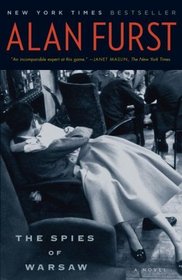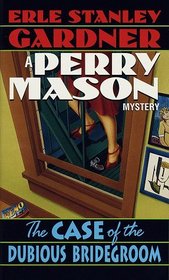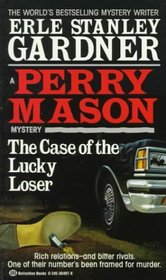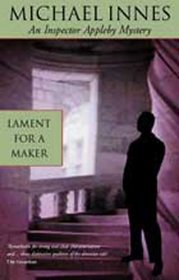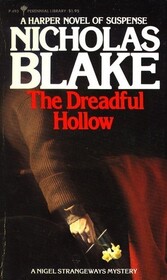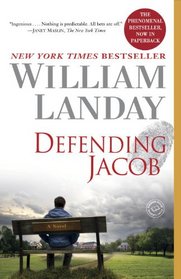The Spies of Warsaw by Alan Furst
Review by Matt B. (BuffaloSavage)
Pre-World War II Warsaw becomes an arena of intense international rivalry. In almost every embassy, friendly and hostile, an intelligence cell operates. Secret agents assigned to Warsaw create an extremely colorful society. Poles, French, Germans, Russians – everyone knows that in the war is coming and that you have to prepare for it or be destroyed. Everyone believes that by their intelligence activities they will save their country from being occupied or that they will ensure victory for the homeland.
Our hero Jean-François Mercier, the French military attaché, also knows that armed conflict is inevitable. At 46, he has already participated the Great War and the Polish-Bolshevik war of 1920. He has had a long and dedicated service, and he would like to leave for a well-deserved retirement, but a sense of responsibility for the fate of millions keeps him on post. He skillfully navigates in a narrow diplomatic world, but does not avoid a direct, even painful clash, with an opponent. His strength is certainly increased by the warm feeling of a beautiful French-Polish woman working for the League of Nations that he met at a boring official reception. Mercier discovers that first of all he is not so old, and secondly – that he is not only ready for retirement, he is ready to go to extremes.
The book details Mercier’s activities in episodes. He runs agents and even saves one from being kidnapped and forcibly repatriated to a certain death in Germany. He sneaks into Germany to observe tank exercises. On his travels, in hotels and restaurants, a foreboding comes over him, “What is going to happen to these people after war comes.” He meets ordinary people who are fighting the forces of evil – literally – because it is the right thing to do.
The settings all have evocative details of Silesia and the countryside of Poland (think rural New Jersey). Furst is also effective at getting across the mundane details of ordinary people doing their best in trying circumstances – something we in the pandemic can connect to, for sure. We readers need the romantic angle as a break from the suspenseful intrigue and tension of Nazi cruelty. We readers also know what the characters do not: Poland is doomed to Nazi occupation and will be the most damaged country staggering out of World War II.

